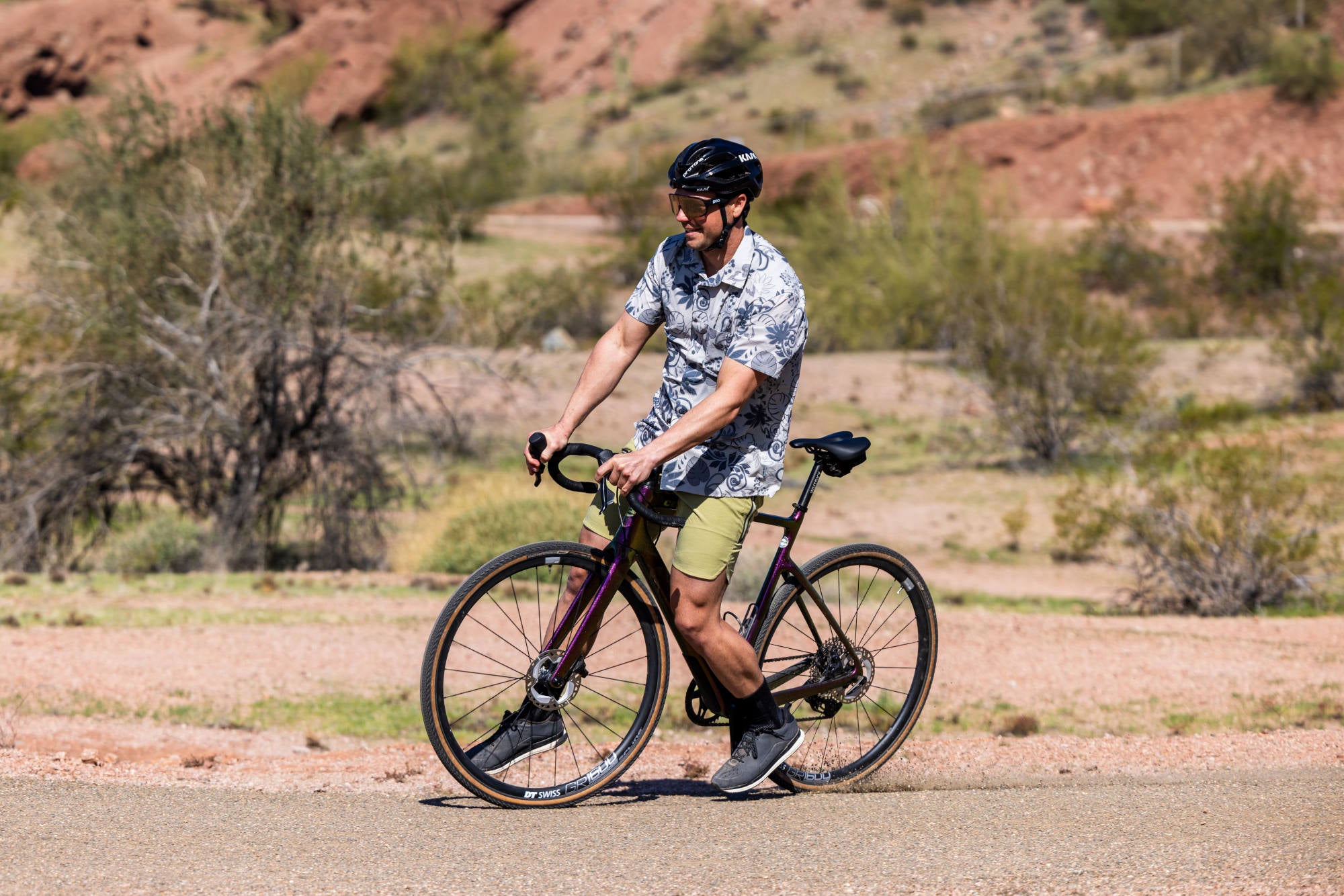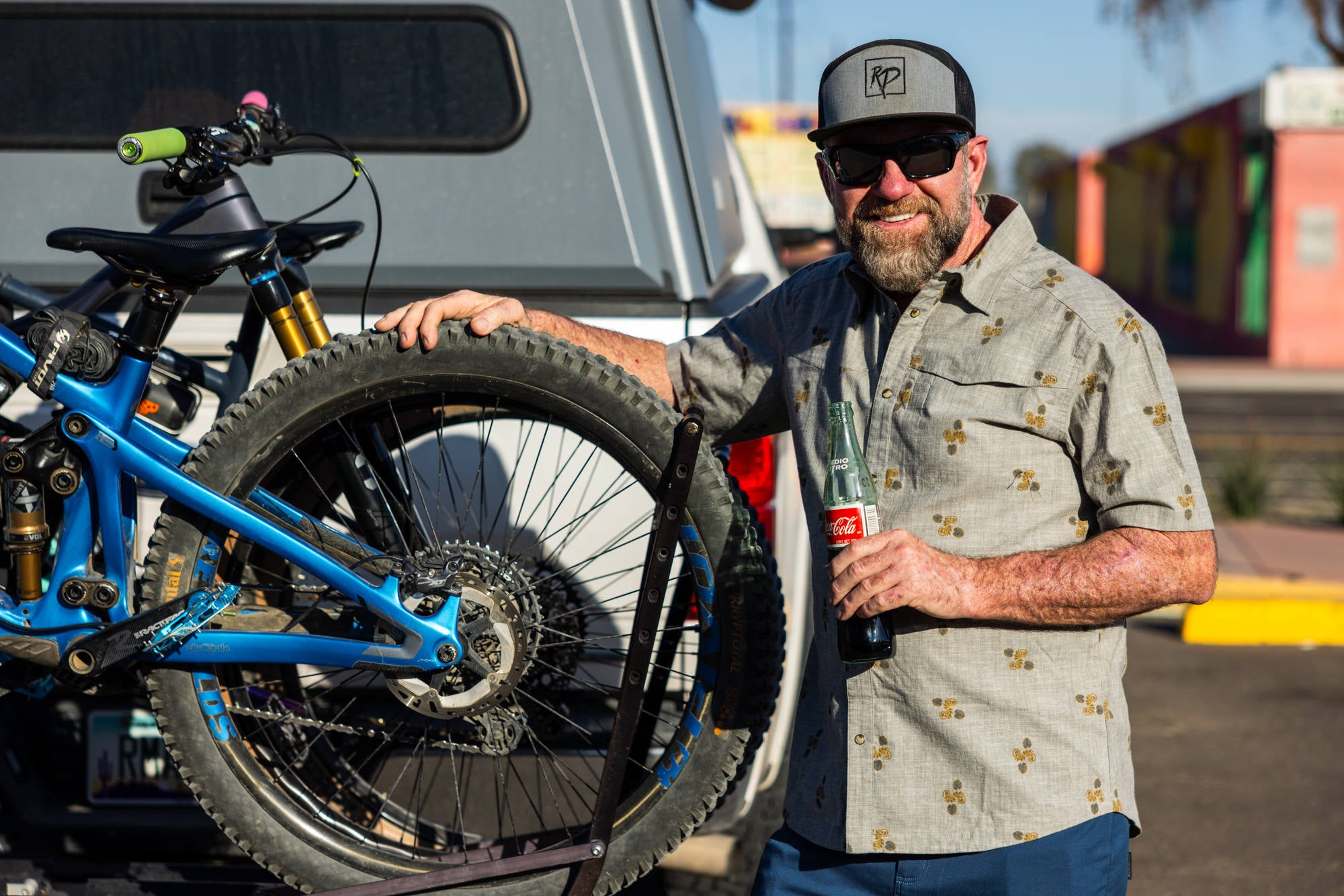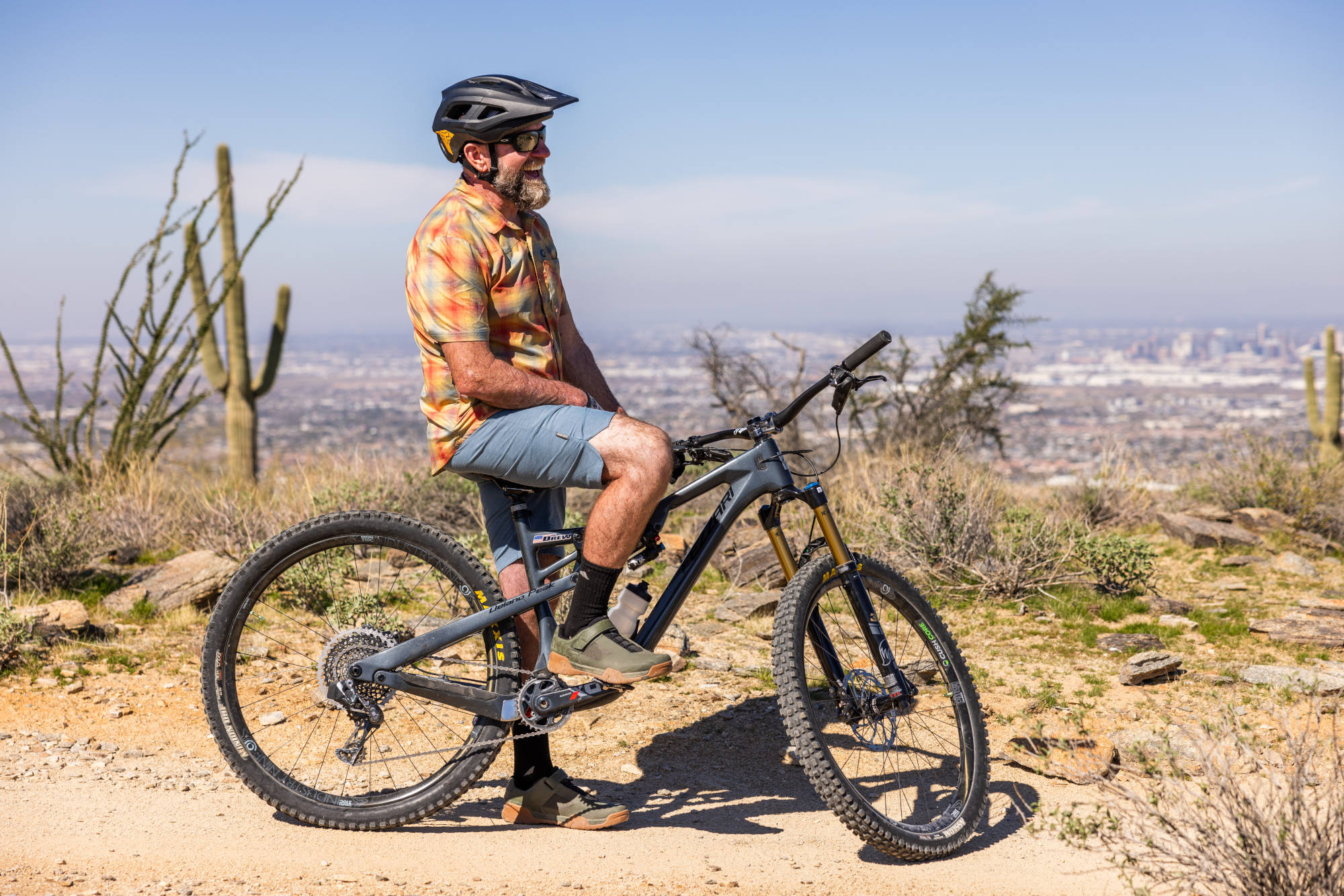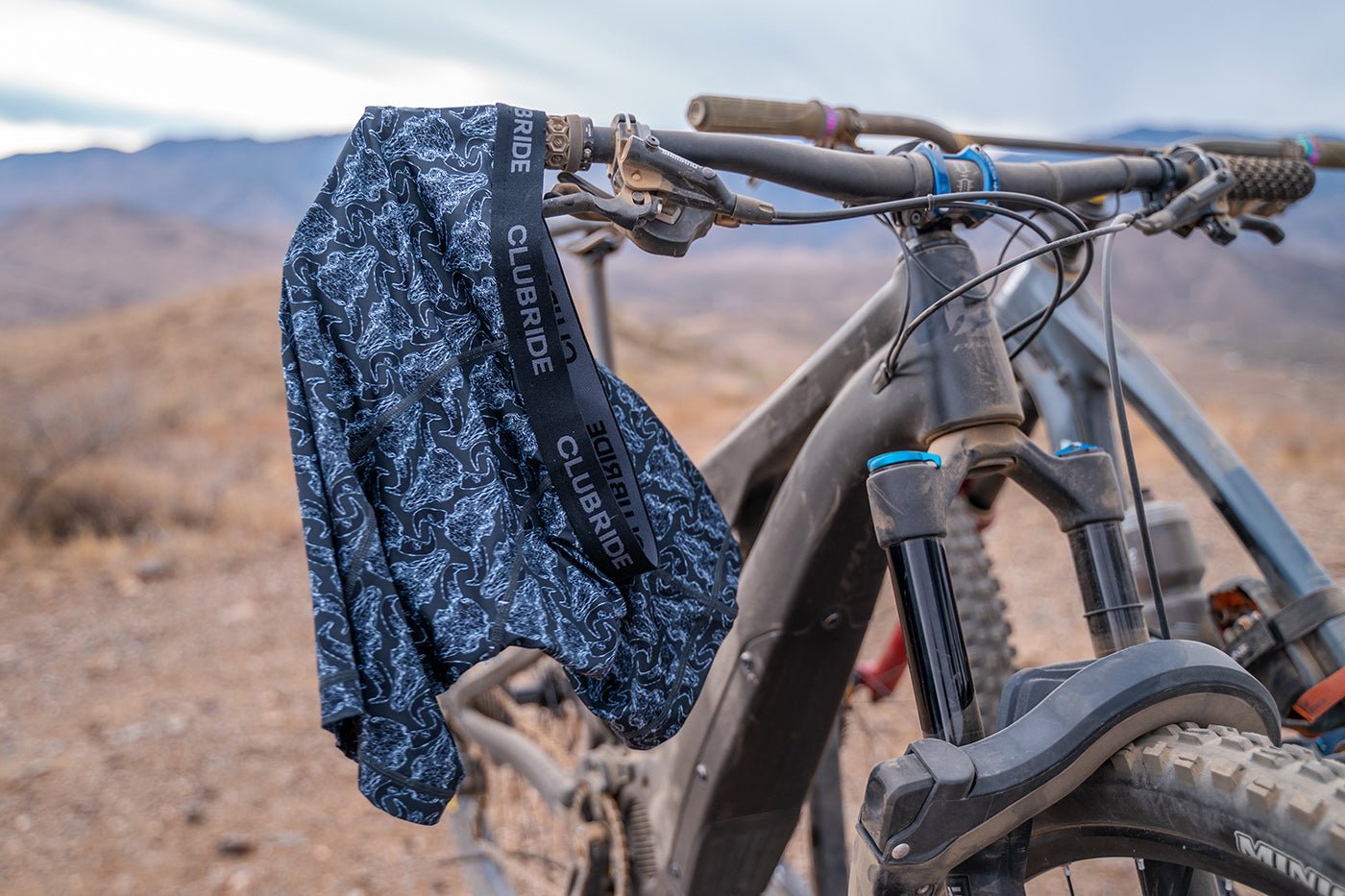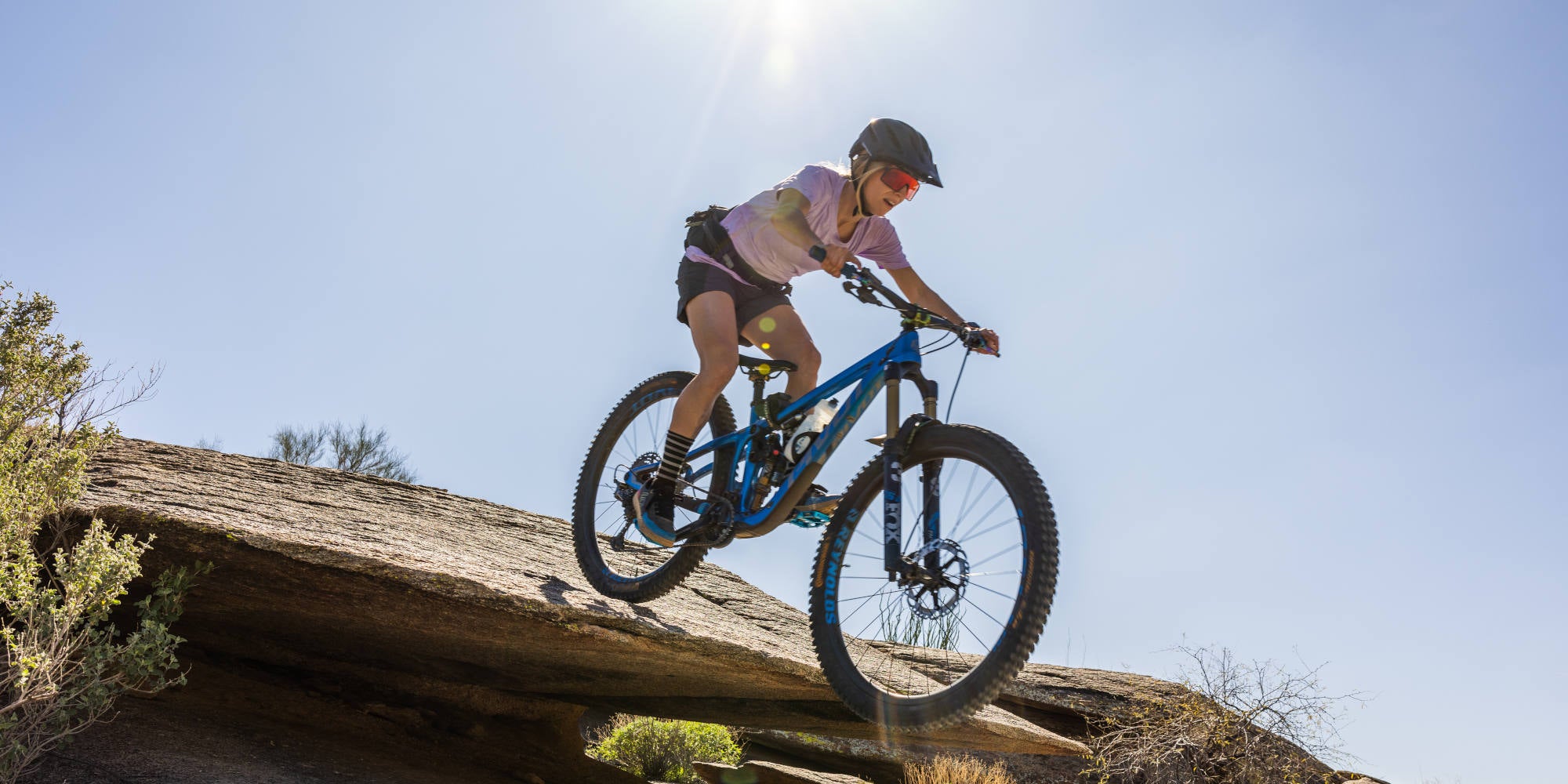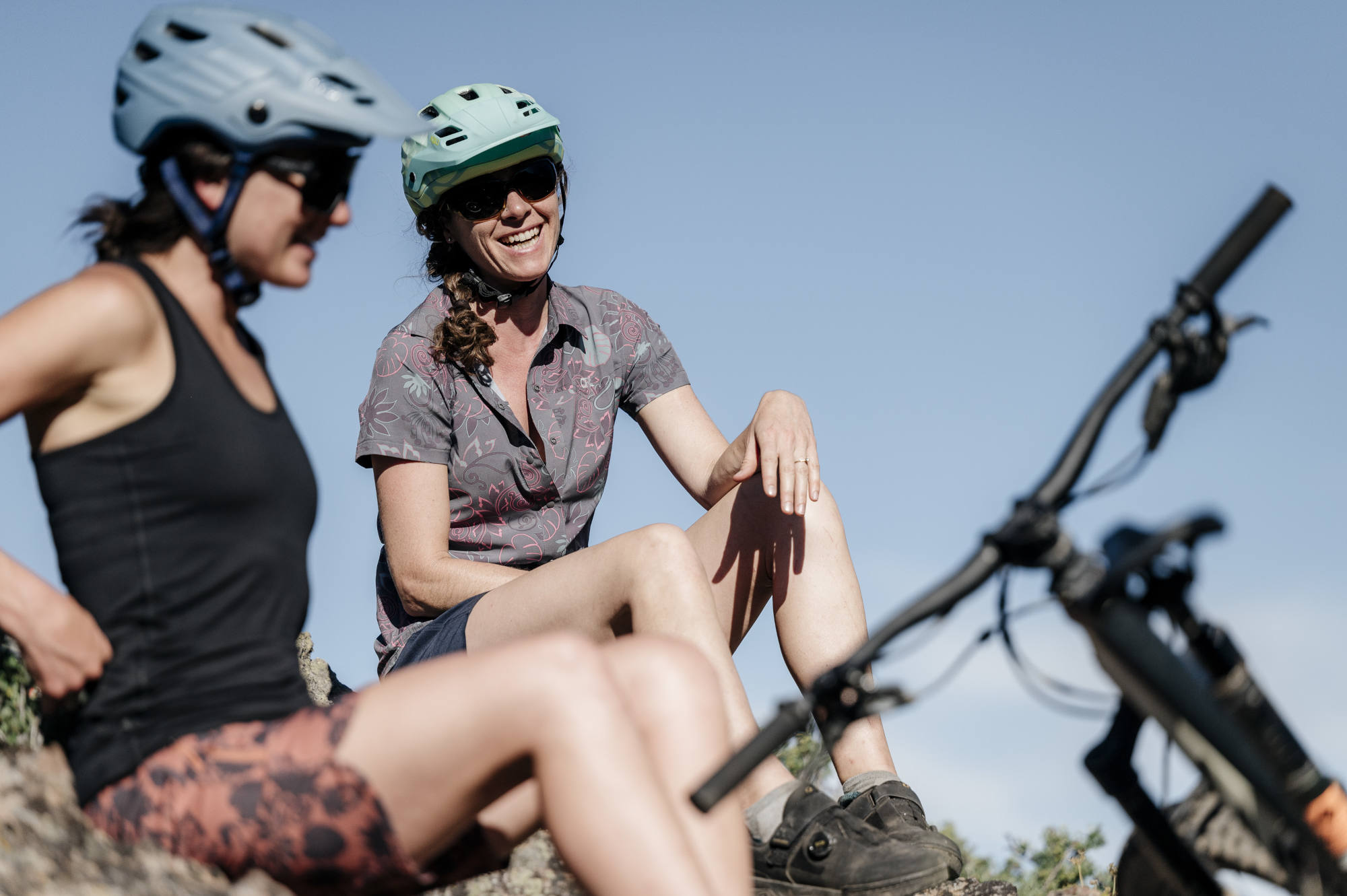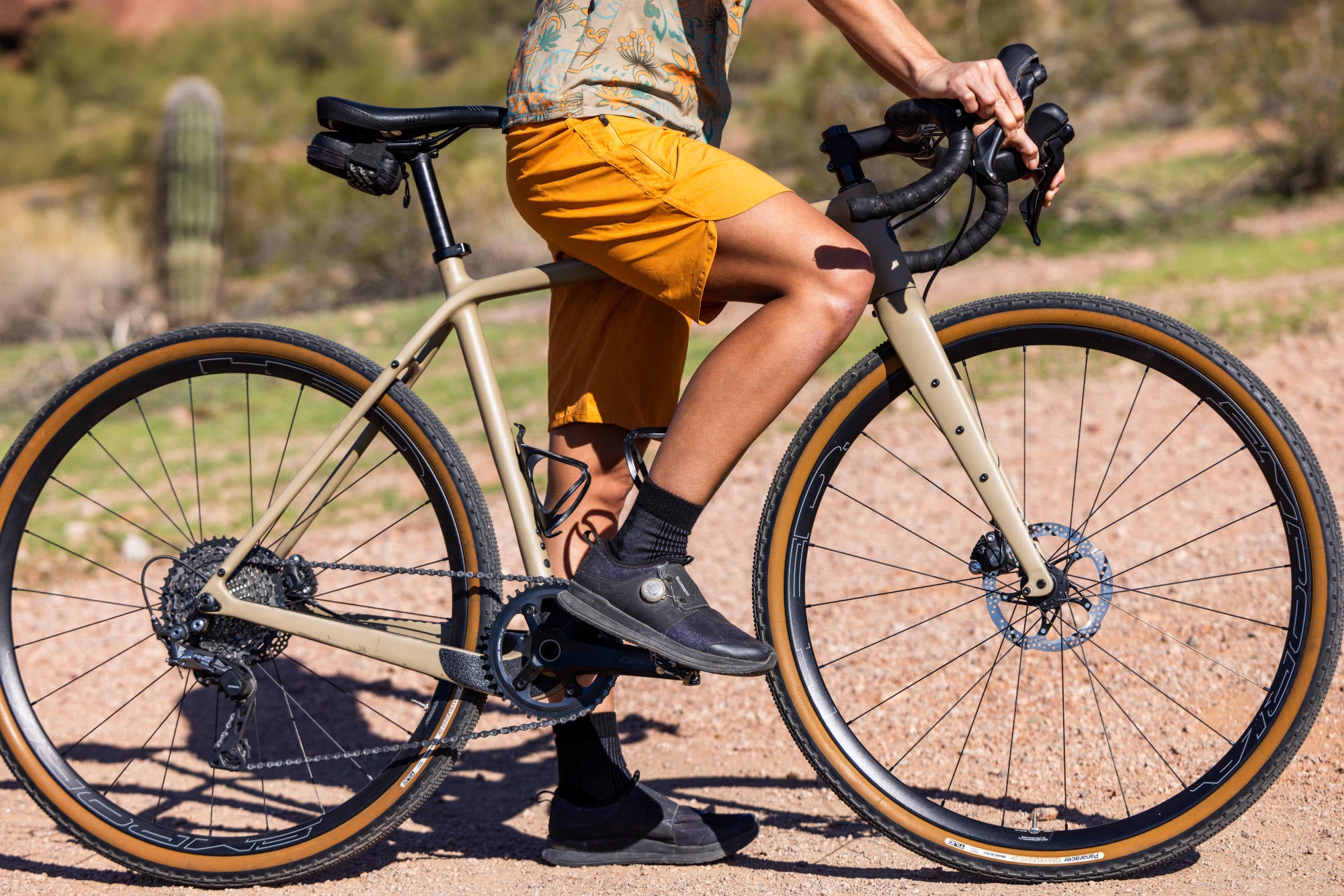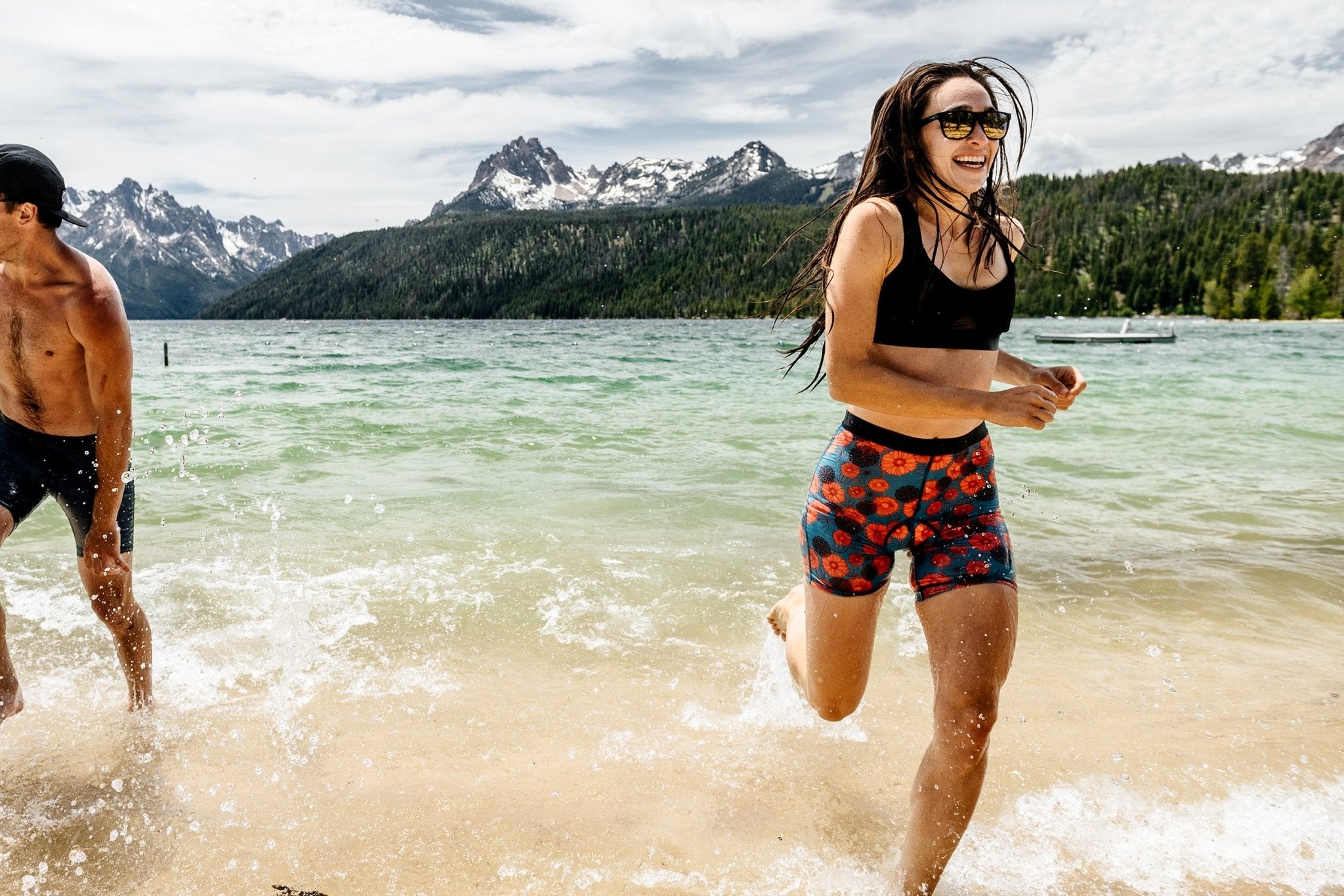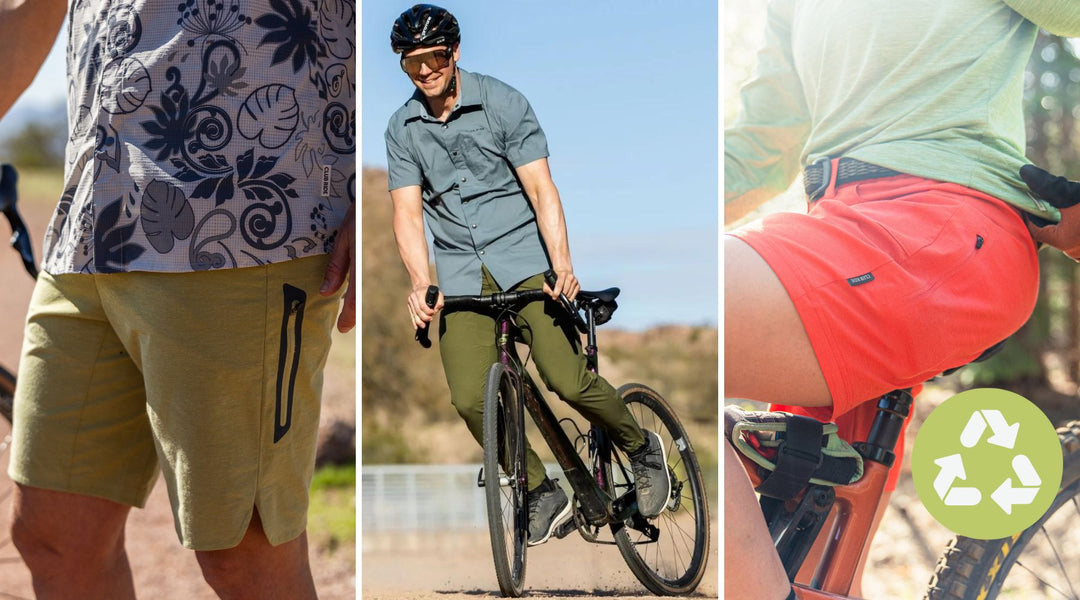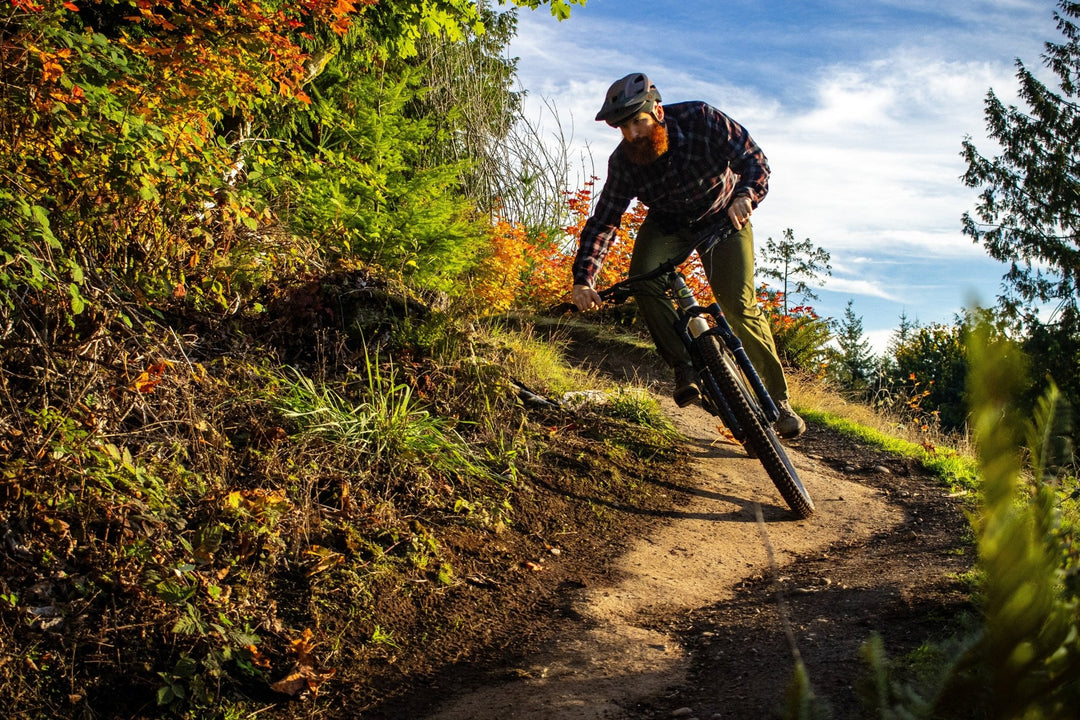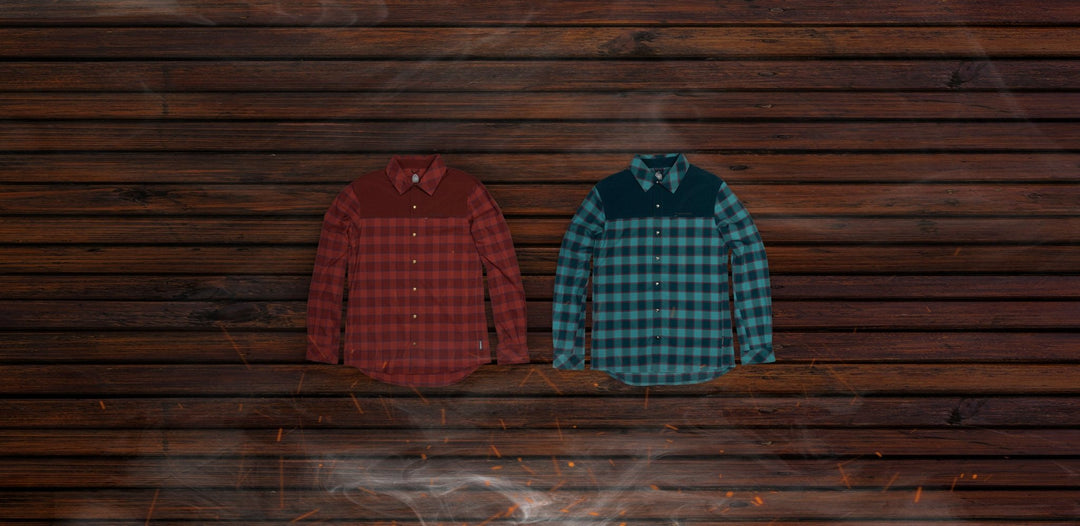Padded Shorts: Should You Chamois?
Choosing to wear or not wear a cycling-specific pair of padded shorts (chamois) could be the decision that leads to loving to ride your bike or hating it. The chamois has been around since the 1920’s when cyclists were wearing only wool shorts. The shorts would bunch up, cause friction, hold moisture and become very uncomfortable. This was an issue only for pro-cyclists, as the bike was not as widely used for “sport” as it is today. Like the technical attributes of the Formula 1 race car trickling down to the Ford Fiesta, the trials and tribulations of these riders changed the industry and the clothing available to all levels of cyclists today. Enter today’s chamois. There are many types: single density foam, dual density, memory, and gel. All “should” be better choices than no chamois, but let’s take a closer look.
Chamois Types
First off, let’s assume you’re not wearing a padded riding short, but you are savvy enough to wear an athletic, wicking and breathable short. Most athletic shorts are built with a seam line running right underneath your crotch, the area that sits directly on top of your bike saddle, which receives the most pressure from your body. As you move around, pedaling and shifting your weight on the seam line will work its way into the very vulnerable areas of your body, causing chafing and irritation. Some un-padded cycling shorts offer a gusseted short, solving some problems, but not all. The gusset is a small panel that moves the inseam and crotch seam off the pressure areas of the body, reducing potential for chafing. This is a good start, however, you’re not at the finish line. Today’s chamois pad is sewn into a fitted lycra short so that its placement on your body is secure during movement. The lycra fabric should be light, breathable, wicking and provide enough stretch or compression without being too tight. Usually a polyester/lycra short is a good choice to wear underneath baggy shorts. Nylon/lycra blends offer more durability if the short is going to be worn on its own without an over short.
Vibration Control
The two vibration wavelengths that travel up from the road or trail through the bike to your rear are either low or high frequency. Low-frequency waves are created from potholes, rocks or bumps in the road or trail. You feel these immediately and typically know they’re coming, so you can shift around your body to take some pressure off. Front and rear suspension on a mountain bike decrease the impact of these low-frequency vibrations. The high-frequency waves travel through the bike consistently and are caused from the typical noise a road or trail creates by your tires traveling over them. The goal is to “dampen” these waves so they are less intense.
Inside the Pad
The pad, which is sewn into the lycra short, should be made with a soft and comfortable micro-fiber shell fabric. The micro-fiber is comfortable on the skin and provides wicking of perspiration from your body into the fabric. Without the wicking function, friction is created and chafing becomes a problem. Inside the pad is where the magic happens. Usually price indicates the quality of pad, not necessarily the shape or fit.
Foam-only pads may feel soft and cushy when you pinch them with your fingers but have inherent problems. The foam is thick, so the outer fabrics move on top of each other, causing friction and chafing. The foam-only pad compresses and loses the soft, comfy feel it gave during the first few rides. Foam pads are usually bulky and often don't fit in the narrow area between your legs. All of these issues create a friction environment. Foam pads that are 2-D or 3-D are the next best choice where the pad itself has thickness layers. Thicker layers towards the center offer more dampening of trail and road vibrations. The thinner edges of the pad take up less space while still providing chafing protection. Foam is still a good conductor of vibration, so a large percentage of the high-frequency vibrations are allowed to travel through the pad, causing fatigue and soreness.
Next up is the gel pad. Usually, gel pads can be thinner and a bit firmer to the touch than a foam pad. Thickness is not always a good indicator of how comfortable the pad will be over time, as you will find with a thick foam pad. The gel inserts in the pad change the frequency of the vibration, or dampen them, allowing the body to be more comfortable over longer distances and more importantly, not being sore or fatigued the next day. My choice for longer distances and frequent riding is the gel pad.


